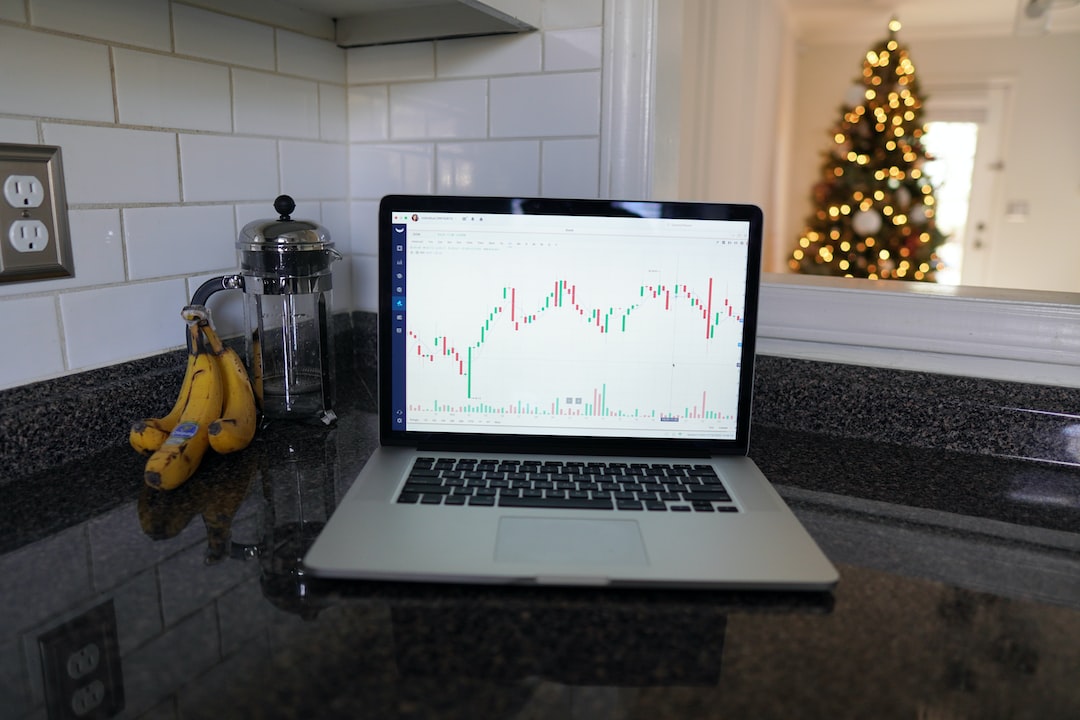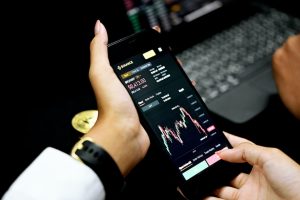Forex costs per trade are the expenses that traders incur when they enter and exit a forex trade. These costs are a critical component of forex trading, and traders must understand them to be successful in the market. Forex costs per trade can be broken down into various categories, including spreads, commissions, swaps, and slippage.
Spreads
The spread is the difference between the bid and ask price of a currency pair. It represents the compensation that the forex broker receives for executing the trade. In other words, the spread is the cost of trading forex. Forex brokers typically offer variable or fixed spreads. Variable spreads change according to market conditions, while fixed spreads remain constant.
Variable spreads are usually lower than fixed spreads, but they can widen during periods of high market volatility. As a result, traders must be cautious when trading during these periods as they may incur higher trading costs. In contrast, fixed spreads provide traders with more certainty about the cost of trading, but they may be higher than variable spreads.
Commissions
Some forex brokers charge a commission on top of the spread. The commission is a fixed fee or a percentage of the trade size. Forex brokers that charge a commission often offer lower spreads than those that don’t. However, traders must factor in the commission when calculating the overall cost of the trade. For example, a broker may charge a commission of $7 per lot, which means that a trader who opens a position with one lot will pay $7 in commission.
Swaps
Swaps are the interest rate differentials between the currencies in a currency pair. When traders hold a position overnight, they either earn or pay interest depending on the interest rate differential. Brokers may charge a swap fee for overnight positions, which is a cost of holding a position overnight. The swap fee is calculated based on the interest rate differential, the size of the position, and the number of days the position is held.
Slippage
Slippage occurs when the price at which a trader executes a trade differs from the price at which the trade was placed. Slippage can occur during periods of high market volatility, low liquidity, or when the trader places a market order. Slippage can result in additional costs for the trader as the execution price may be higher or lower than the expected price.
Overall, forex costs per trade are an important consideration for traders. The cost of trading can affect a trader’s profitability, and traders must factor in these costs when making trading decisions. To reduce trading costs, traders can choose brokers that offer competitive spreads, low commissions, and minimal swap fees. Additionally, traders can minimize slippage by using limit orders instead of market orders. By understanding forex costs per trade, traders can make informed decisions and improve their chances of success in the forex market.





